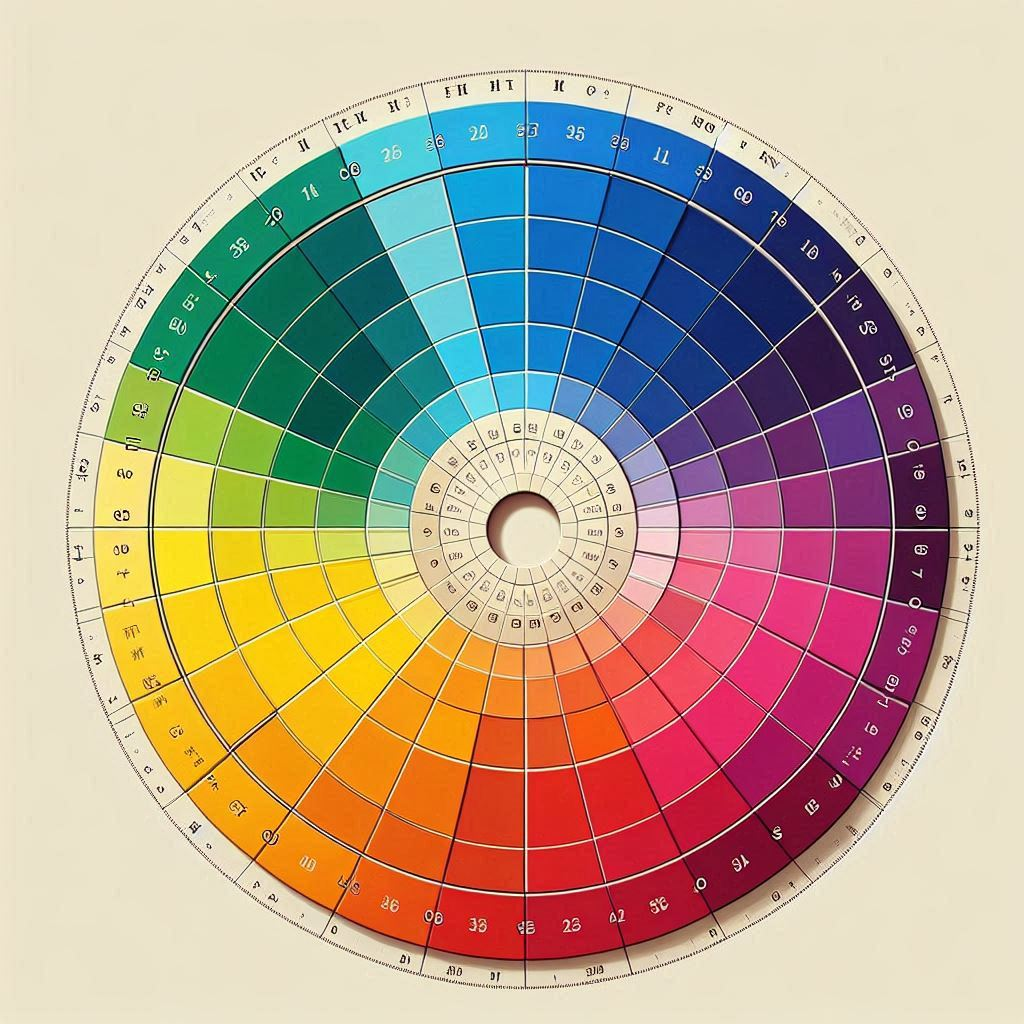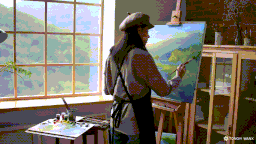
Painting is not just a pastime; it’s a gateway to self-expression, stress relief, and boundless creativity. Imagine the joy of transforming a blank canvas into a vibrant landscape or capturing a fleeting emotion in bold, expressive strokes – painting offers an unparalleled sense of accomplishment and connection. Whether you’re exploring it as a casual hobby or aspiring to master the craft, painting offers transformative benefits that make it worthwhile to embark on this artistic journey.
Podcast on Gateway to Creativity – listen or download
The Emotional Connection in Art
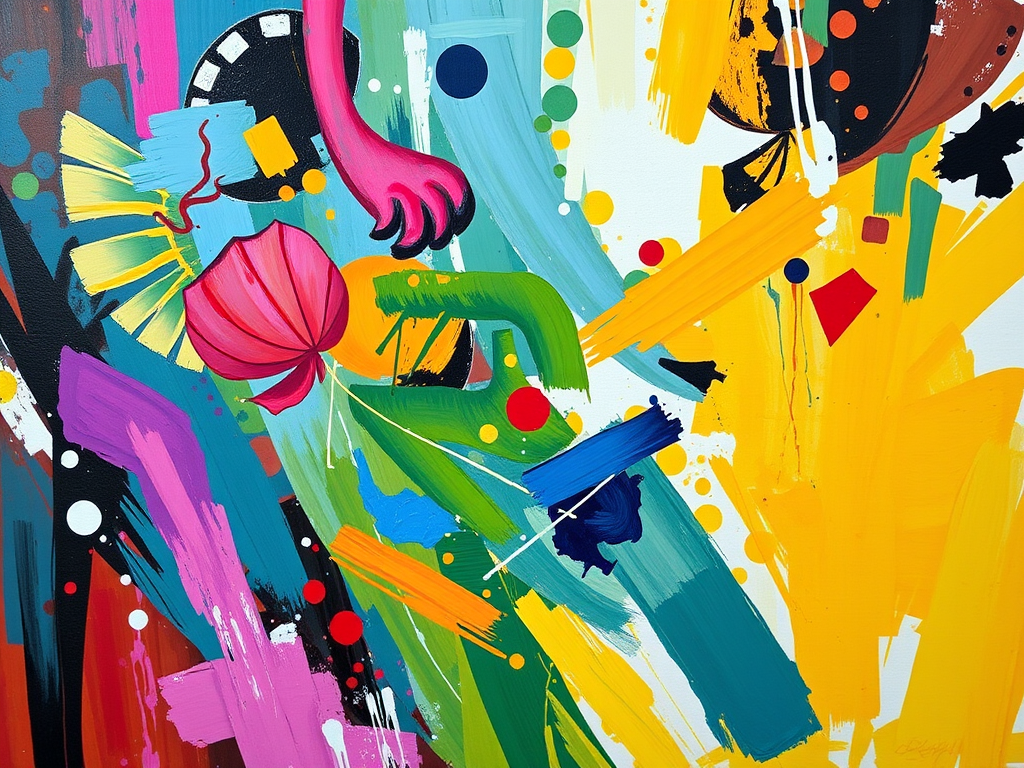
Art allows us to channel and express emotions in unique ways. Through the interplay of colors and brushstrokes, you can convey feelings such as joy, melancholy, or serenity. Starting your projects with themes that resonate deeply with you can make your canvas a true reflection of your inner world.
Exploring Styles and Mediums
Every painting medium has its distinct charm and challenges, and exploring them can be exciting. Trying different mediums helps beginners discover what suits their style and preferences. It also encourages experimentation, which can lead to new techniques and creative breakthroughs.
- Acrylic paint is versatile and fast-drying, making it beginner-friendly.
- Watercolors bring an ethereal softness and require precision in blending.
- Oils offer rich, vibrant hues with a forgiving drying time for experimentation.
- Digital painting opens a world of infinite possibilities with tools like Photoshop.
Beginner’s Toolkit
Getting the right tools is essential for starting strong. Invest in basic materials:
- Paints such as acrylics or watercolors
- Brushes in various shapes and sizes
- Canvas or specialized paper for your medium
- A palette for mixing colors
- Optional tools like an easel for convenience
- Cleaning supplies like water jars and cloths to maintain your brushes
Mastering Fundamental Techniques
Familiarize yourself with these foundational techniques to bring depth and life to your art:
- Blending to achieve smooth transitions between colors
- Layering to add dimension and interest
- Dry brushing for textured, tactile effects
- Washing to create delicate transparency
The Importance of Color Theory
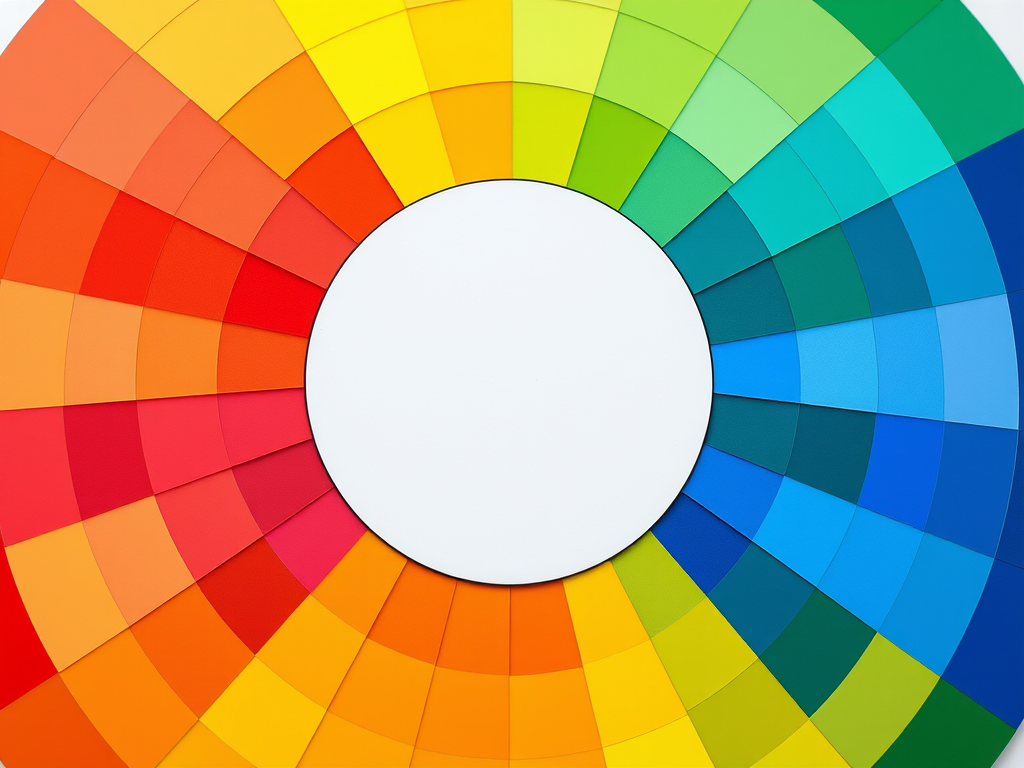
Understanding how colors interact is a cornerstone of creating visually compelling art. For example, complementary colors like blue and orange can create vibrant contrasts, while analogous colors such as yellow and green produce harmonious and calming effects. Experiment and learn how to mix colors with:
- Primary and secondary colors to build your palette
- Tints and shades to adjust brightness or mood
- Harmonious combinations using the color wheel
Designing a Strong Composition
An engaging composition guides the viewer’s eye and enhances the impact of your artwork. Consider:
- The Golden Ratio or Rule of Thirds to create balance
- Symmetry and asymmetry for dynamic arrangements
- Strategic placement of elements to maintain focus
Creating Your First Artwork
Embark on your painting journey with these practical steps:
- Choose a straightforward subject like a sunset, tree, fruit, or flower.
- Sketch the outline lightly to guide your painting.
- Start with background layers before adding details.
- Gradually build up textures and refine with smaller brushes.
- Allow ample drying time for each layer.
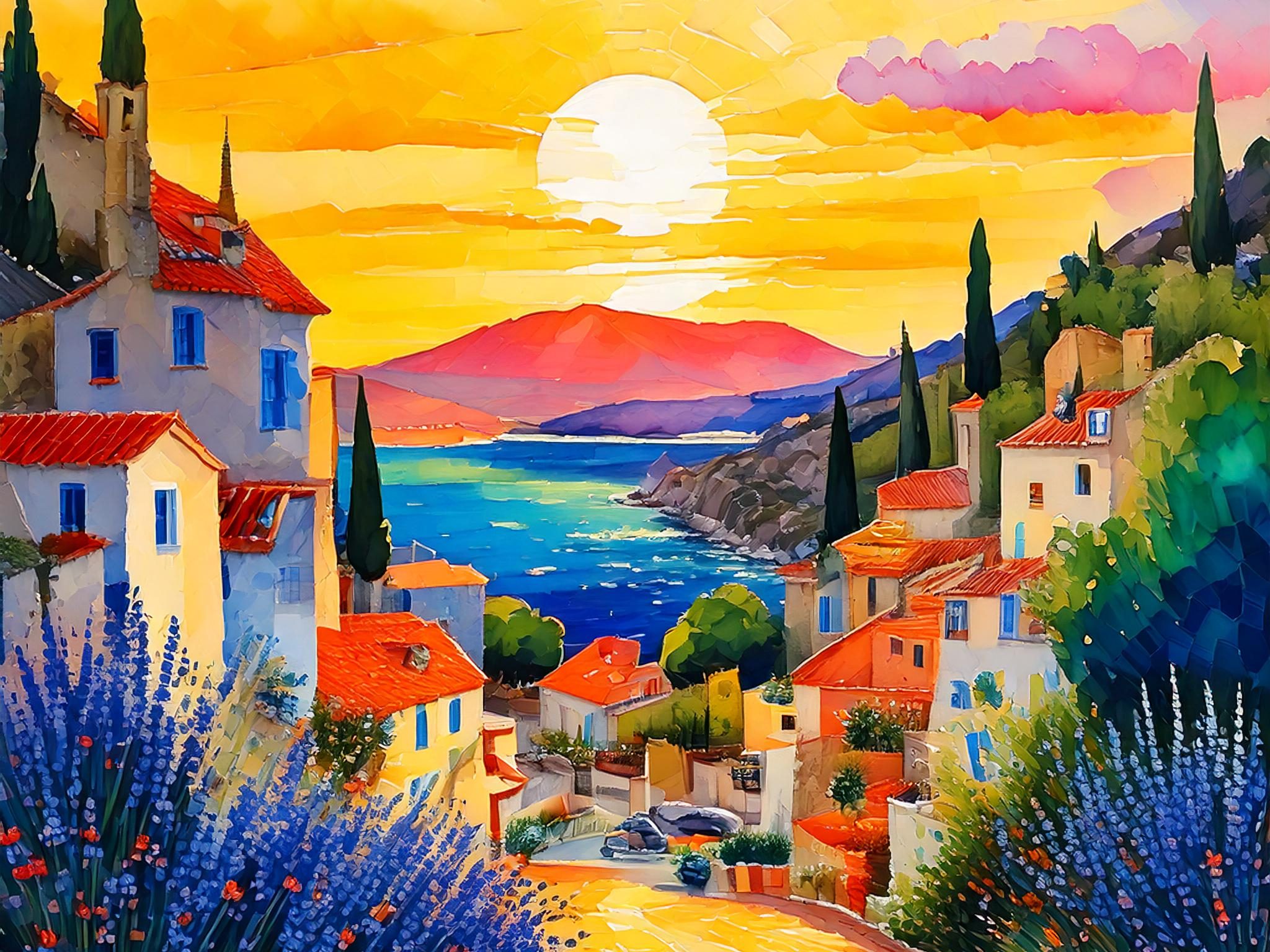
Self-Critiquing and Improvement
Growth as an artist comes with introspection and feedback. Assess your work by:
- Stepping back to observe the overall impact
- Checking for balance and harmony in composition
- Reviewing your use of colors and techniques
- Welcoming constructive input from peers or mentors
Avoiding Common Pitfalls
Even seasoned painters encounter challenges. Be mindful of:
- Overloading the canvas with excessive paint
- Neglecting to clean brushes, which can compromise their effectiveness
- Rushing the process instead of enjoying the creative flow
Conveying Emotions Through Art
Experiment with different techniques to evoke specific feelings:
- Bold, vivid hues for energy and happiness
- Gentle gradients for calm and peace
- Dramatic contrasts or expressive strokes for tension and passion
Valuing Your Work
If you’re ready to share or sell your artwork, consider pricing based on your effort, materials, and skill. Research tools like art price calculators to establish a fair market value for your creations.
A Lifelong Creative Journey
Painting is a continual learning experience that nurtures both skill and self-awareness. As Pablo Picasso once said,
“Every child is an artist. The problem is how to remain an artist once we grow up.”
Let this quote inspire you to keep creating and exploring your artistic potential. Challenge yourself to discover more such as “golden ratio” and perspective. Stay curious, embrace challenges, and celebrate each piece as a milestone in your artistic growth. With dedication and an open heart, your artistry will flourish, creating works that resonate with you and your audience.


